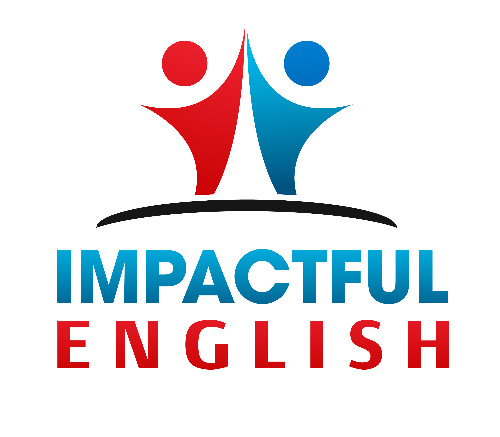How to Improve Your Understanding of Native Speakers
In this post, I’m going to talk about how you can improve your ability to understand native speakers.
This is a common challenge for English learners because the English you learn from textbooks and taught in language schools is very different from the reality of how natives actually speak. Particularly in terms of pronunciation.
There are two main reasons why it can be challenging to understand native speakers, and I’m going to explain how to deal with each one of them.
Reason #1: Connected Speech
If you think about it, listening exercises in course books are recordings of professional voice-over artists who adjust their language for the English learner.
Words are pronounced ‘correctly’ and sentences are spoken in a way which minimizes the connectivity of words and sounds.
This connectivity of words and sounds is where natives speak differently to textbook listening.
The ‘correct’ way of speaking – pronouncing every word separately, is discarded.
Words affect each other in different ways as we use them in phrases and sentences.
Sometimes we change sounds, add sounds or take away sounds. Also, words often join together, making two or even three words following each other sound like one.
Let me give you some examples…
‘Go out’ (Gowout)
Here, the ‘w’ sound is added between the two words.
‘Is he busy?’ (Isi busy?)
Here, ‘is’ and ‘he’ are joined together, removing the ‘h’ sound.
‘Most common’ (Moscommon)
And here, the ‘t’ is taken away.
Connected speech is a very vast topic. It is not something you are going to learn after reading just one blog post.
It is something that needs analysis and patience. But it is worth dedicating time to in 2023 because it will considerably improve your listening (and speaking) skills.
The good news is that there are lots of good materials explaining how connected speech works.
I suggest watching a YouTube explainer video twice a week and practising saying the connected speech yourself.
Reason #2: Use of ‘chunking’
One of the mistakes many learners make is focusing too much on understanding individual words when listening to a native.
And despite being able to understand most of the words native speakers say, they find it difficult to understand the overall message being said.
This is because natives use something called ‘chunking’.
Chunking means using ‘groups of words’ as opposed to individual words to make sentences.
Natives don’t express themselves using single words. They think in ‘chunks’. In other words, they talk with pre-built phrases consisting of individual words.
Examples of chunking phrases
‘by the way’
Meaning: Used to give further information.
E.g. “Oh, by the way, my name’s Steven.”
‘at the end of the day’
Meaning: Something that you say before you give the most important fact.
E.g. Of course I’ll listen to what she has to say but at the end of the day, it’s my decision.
‘I was wondering if you could…’
Meaning: Used to ask someone politely to help you.
E.g. I was wondering if I could borrow your car tomorrow?
If you focus on the individual words in these phrases, they won’t make sense. What makes sense is the phrase as a whole.
I strongly recommend focusing on chunking phrases in your English study. This will not only help you understand natives better but will also help you speak grammatically correctly and sound more like a native.
Here’s your process to achieve the goal of improving your understanding of native speakers:
- Work on ‘connected speech by watching a YouTube explainer video twice a week and practice saying the connected speech yourself.
- Spend 20 minutes, three times a week learning and reviewing new chunking phrases, and when you can, use them yourself. Also, look out for natives using chunks in their speech.
I hope you found these tips useful.
If you need any extra guidance or individual feedback on your English, consider booking a discovery session with me here





